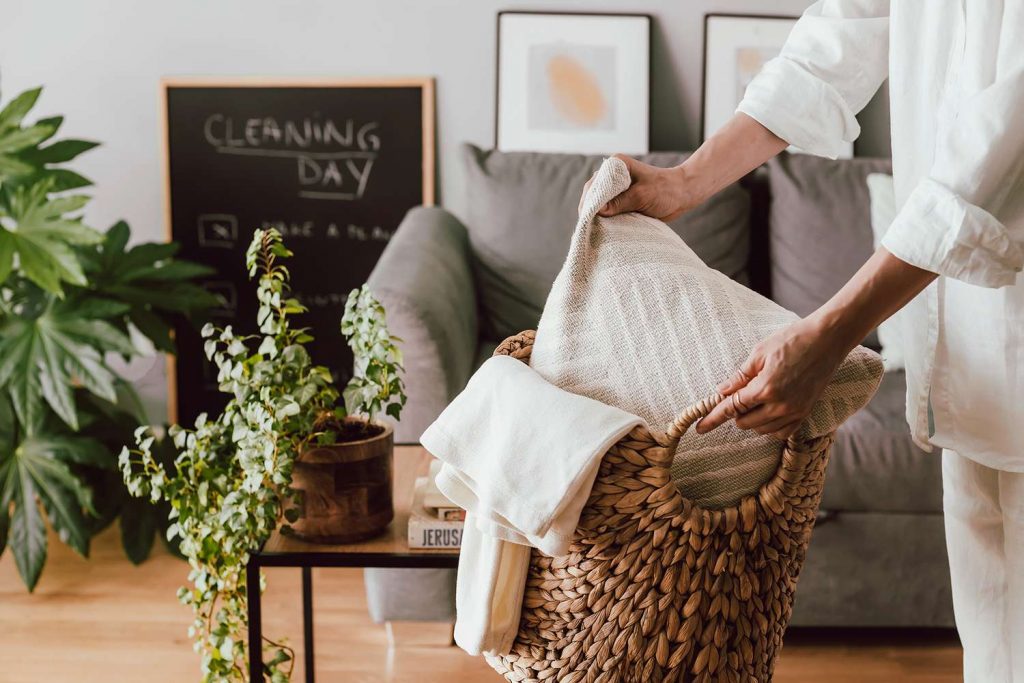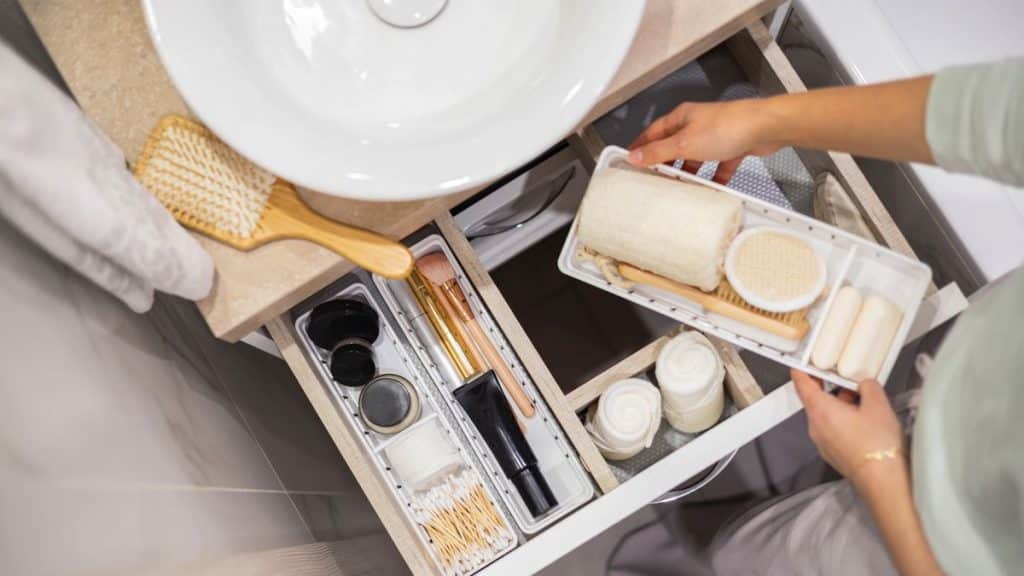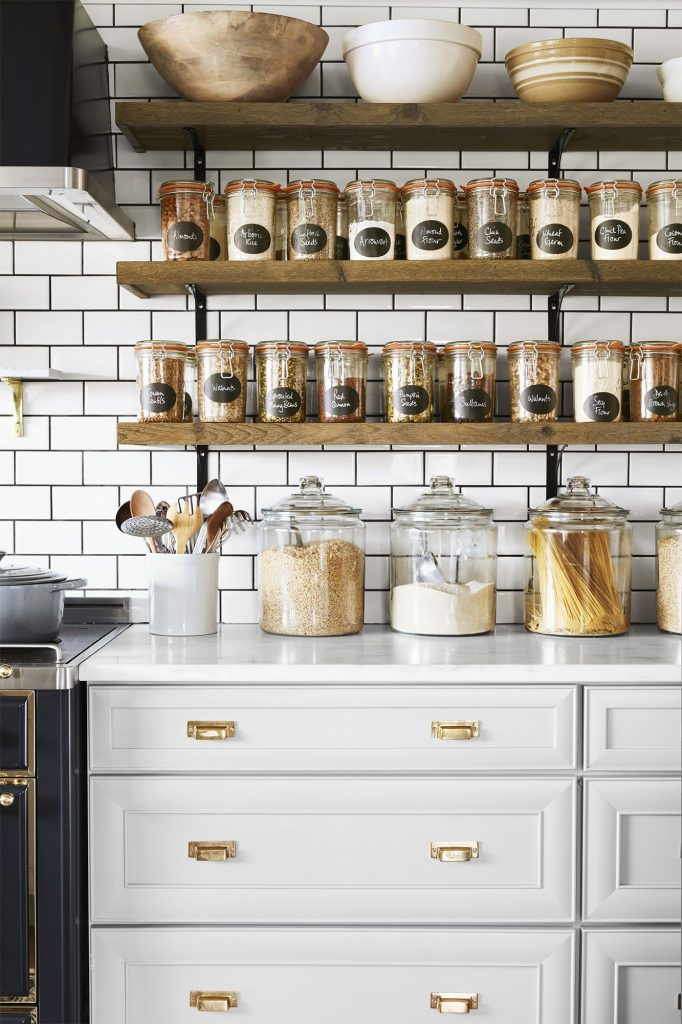Each person understands comfort and happiness in his own way. But all concepts are based on one thing – harmony. Harmony at home is impossible without a clear organization of storage. A storage system is a way of organizing space. Whatever the apartment is – spacious or cramped, with high or low ceilings, regular geometry or asymmetric, no matter what size it is, staying organized can be a challenge.
Useful Tips For Organizing Space
Not everyone has the analytical skills to clearly and competently plan the storage of things at home so that everything you need is placed at hand and does not clutter up the space. For those who want to transform their home and make it as comfortable as possible, but have no idea where to start, the following recommendations have been developed.

Why Is It Important To Declutter?
Clutter is stressful and can have psychological roots. Seeing clutter all around us is mentally exhausting and makes us feel tense. Putting an order at home, we put things in order in the head. If you want to put your thoughts in order, then start by cleaning the house and organizing the storage of things as correctly as possible.

Principle One: Discover Active And Passive Zones
In any apartment or private house, one can easily distinguish passive zones that are not often used: a garage, a basement, mezzanine, or hanging shelves under the ceiling, pantries, or guest rooms. The active areas include the entrance hall, living room, kitchen. A common mistake that greatly complicates life, especially in small rooms, is cluttering your prime active zones with items that are far from essential. Your goal will be to exclude clothing that is out of season, as well as items that are rarely used from the active area. Anything that is rarely used should find its place in the passive zones.

Principle Two: Make Open Storage Visually Pleasing
Every home has a combination of open and closed storage. It is worth taking care of the aesthetics of open shelves, whatnots, decorative niches, cabinets with glass doors. They should be kept in perfect order and neat. The living room is a good place to display books arranged by color, height, and thickness. Glasses and teacups on the open kitchen shelves, kitchen utensils, outerwear, or a shoe rack in the hallway – everything should be tidied up no matter how often guests are in the house. Do not keep in plain sight what you do not use daily – these things create visual noise, collect dust and eventually lead to a mess.

Principle Three: Sort Items Into “Stay” Or “Go”
Conduct an audit by dividing all things into 4 categories:
- Leave the thing if you need it, like it, or use it regularly.
- Give to friends or donate if the thing is working, in good condition, but not used.
- Store work items that you are temporarily not using, such as seasonal clothes, baby clothes for growing up, car tires, bicycles, or skis).
- Throw away anything that is in poor condition, broken, unused, or just not to your liking.

Principle Four: Keep Everything Accessible
Do not hide frequently used items, inventory, kitchen utensils, etc. in the far corners of cabinets. Use easily accessible drawers, trunks, baskets, hanging shelves, wall hooks. For things that you use daily (cosmetics in the bathroom, gadgets, and appliances – a laptop, hairdryer, coffee machine), choose open storage systems. For things that you use less often, say a couple of times a week, use closed storage systems. For example, put the vacuum cleaner in a pantry or closet, photo albums and memorable souvenirs in a separate closed box, roll a yoga mat into a tight roll, and put it on a shelf in a closet.


Principle Five: Categorize Items And Use Labels
Avoid mixing handkerchiefs, cake candles, and crayon sets. Even in a small apartment, it’s easy to set aside a box for spare office supplies, medications, cake cases and sprinkles, and so on. Labels are extremely useful! Labeled shoebox work especially well for grouping small items together, besides, pretty labels can also add a decorative touch to your space. Clear containers are ideal when you want to see the contents at a glance, and open baskets can store loose items. Thus, if necessary, you do not have to spend a lot of time searching for the right little thing.


Principle Six: Use Organizers And Dividers
Have you watched the picture when, instead of a neatly laid out stack of clothes, incredible chaos reigned in the closet? Small things in a large space without divisions do not take up much space, but to find them in a common heap, you have to dig through it all. For these and many other similar situations, it is a great idea to use organizers and dividers: special trays and dividers that allow you to rationally and neatly store clothes and jewelry, socks and underwear, stationery, and kitchen utensils. When everything is divided out, it makes it easier to keep organized and find the right thing in one step.

Train yourself to put things back in their spot so you don’t have to spend a lot of time putting things in order. A truly organized space makes the home undeniably cozier. Try to come up with your own interesting storage ideas in the apartment. Buy an unusual shoe rack or a stylish hallway wall organizer. Choose original design boxes, unusual shelves, and bright cabinets – this way you will not only organize order but also add style to the interior.



